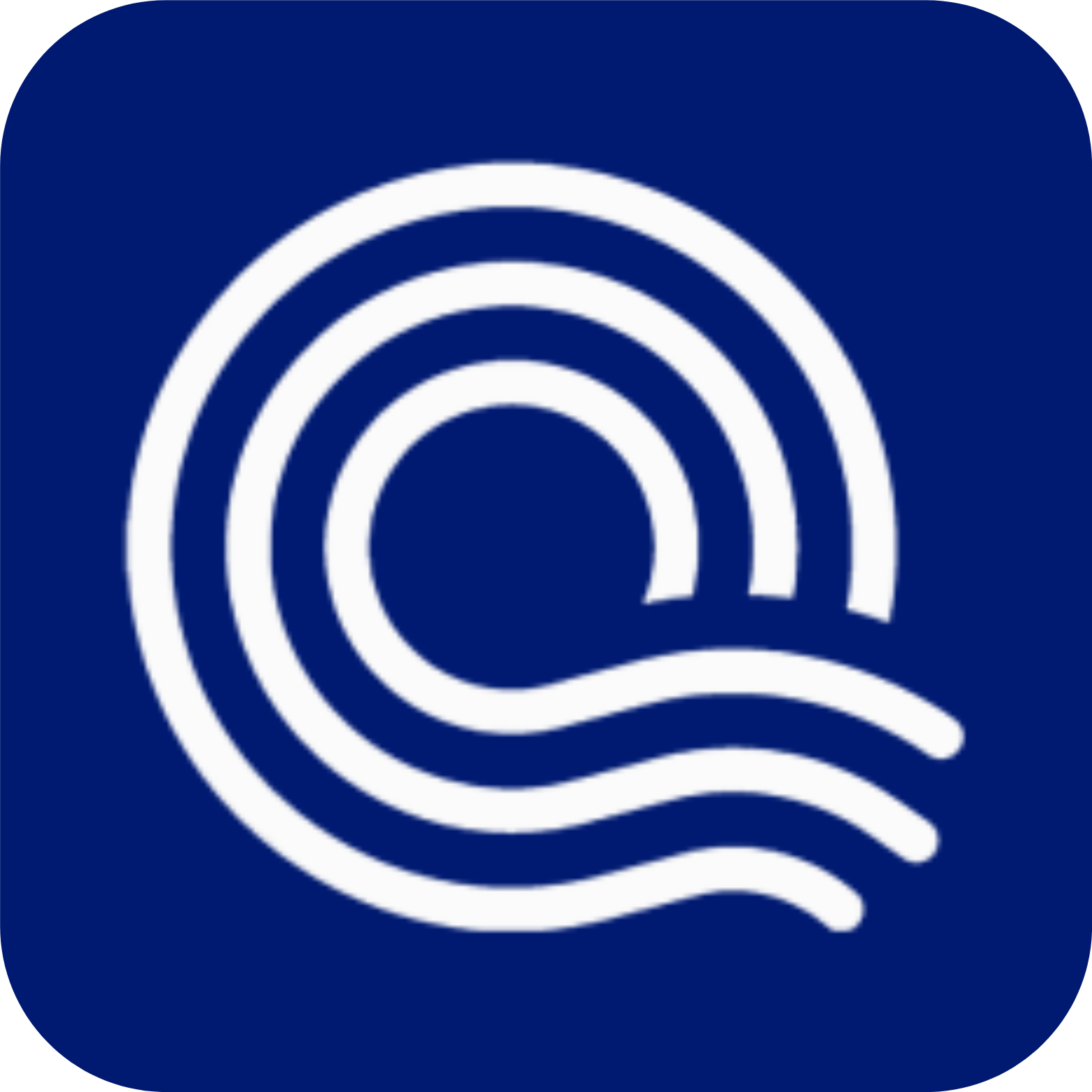Project Description:
A 3-year, culturally responsive, strength- and work-based STEM enrichment and college transition project, entitled Project Hōkūlani (meaning heavenly star), is proposed in response to the STEM workforce shortage among underrepresented groups such as Native Hawaiians (NH) and individuals with disabilities. The project addresses three NHEP grant priorities: (1) the needs of at-risk youth (NH with disabilities); (2) the needs of fields in which NH are underemployed (STEM fields), and (3) the use of the Hawaiian language in instruction. It also addresses two competitive preference priorities: (1) promoting STEM, including computer science, through hands-on learning opportunities and (2) fostering flexible and affordable paths to obtain knowledge and skills by STEM internships. The overarching goal is to create a seamless and supportive STEM education pipeline for NH youths to bolster their aspirations to enter into postsecondary STEM fields. Ultimately, the project will enhance local capacity to support NH youths career development in STEM fields and make them future shining stars in STEM fields. It will be achieved by developing and implementing a research-based Hōkūlani Model, drawn upon social cognitive theory and mindset theory to create NH students agency to take an active role in shaping their academic and career pathways. It consists of (1) academic enrichment (24 hours of STEM hands-on activities & 16 hours of internship project development); (2) cultural, STEM, and growth mindset mentoring (10 hours); (3) college transition (10 hours); (4) internship at a local workplace (40 hours); and (5) 11 monthly ohana engagement activities. It will be implemented jointly with trained NH cultural, academic mentors and STEM mentors under the guidance of a NH STEM Community of Practice (COP).
Project Design: I-Preparation (10/2020-7/2021) goals are: (1) develop a five-component Hōkūlani Model and lessons; (2) form a COP consisting of cultural, STEM, college transition, and internship experts from Oahu, Hawaii, and Molokai islands; (3) recruit mentors and internship sites (6 sites on Oahu; 3 sites on Hawaii Island; and 2 sites on Molokai); and (4) recruit and randomly assign students into Phase I and II experiment periods. II-Experiment (Phase I: 8/2021-7/2022, Phase II: 8/2022-7/2023) goals are: (5) conduct an experiment (20 week 3-hour student sessions and monthly ohana sessions during a school year + 40 hour summer internship + final showcase) with high fidelity and quality and (6) evaluate the model effectiveness. III-Finalization & Dissemination (8/2022 to 9/2023) goals are: (7) finalize and disseminate the model, products, and findings and (8) develop a sustainability and scale-up plan.
To examine the project effectiveness, a delayed intervention design will be employed. Upon recruitment, 110 9th to 11th grade NH students having potential in STEM (Target: 60 on Oahu; 30 on Hawaii Island; and 20 on Molokai, including 30 students with disabilities, selected by a culturally responsive, inclusive STEM talent identification method) will be assigned to Group A and Group B. During the Phase I experiment, Group A will receive the intervention, while Group B will be the control group. The two groups outcomes will be compared to examine possible intervention effects. During the Phase II experiment, Group B will then receive the intervention while Group A will be followed up for any sustained effects. Group Bs Phase II outcomes will be compared with Group As Phase I outcomes to examine if both groups achieve similar outcomes. Group Bs growth from the baseline year will also be assessed. Sites: During the intervention, students will receive support from NH cultural and academic mentors (1:10 ratio) and STEM internship mentors (1:5 ratio) on college campuses, central community locations, and internship sites. Research questions are: (1) To what extent and how does the Hōkūlani Model contribute to changes in the intended student, mentor, and ohana outcomes, measured over time, comparing the intervention and control groups? (2) To what extent and how do the intervention effects, if any, sustain over time? (3) What student, mentor,ohana, or community factors moderate the strength of the intervention effects on the intended outcomes and how? Intended student outcomes include: increased growth mindset, cultural competence, attitudes toward learning and STEM, behaviors of the scientifically talented, literacy and achievement in STEM, STEM identity development, and intention to enroll in postsecondary STEM programs. Analysis. Quantitative data will be analyzed using a multilevel analysis, linear mixed model, and descriptive statistics. Qualitative data will be analyzed using content analysis. A culturally responsive evaluation will be conducted to provide periodic feedback on the project process and determine the extent to which the project achieves the intended outcomes.








